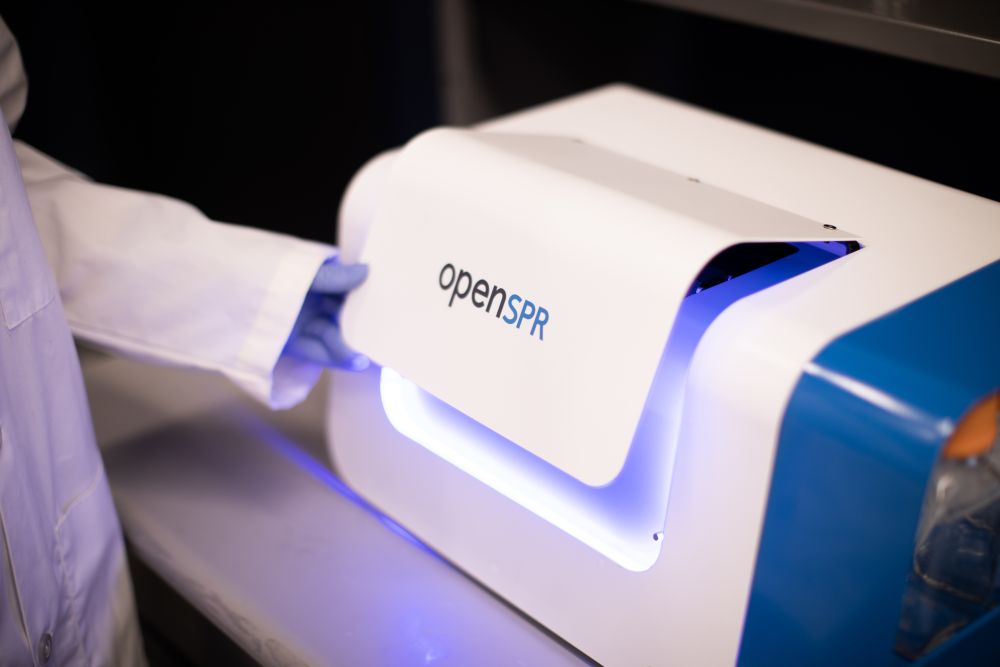Testimonials: Read what users think about it
Alto Customer Testimonials: Learn how our fully automated SPR system helps scientists succeed worldwide.
🌟 "We are confident that the Alto is replacing data we established almost 30 years ago. It's remarkable to see the same binding characteristics now, using a modern platform" - Chris Heger, PhD, Professir, Pharmacology & Neuroscience University of North Texas Helath Science Center.
🌟 "The system works great! The flexibility is wonderful. Everyone at the company from sales to field application scientists to service folks are friendly and very helpful" - Kerry Oliver, PhD, President &CSO, Radix Biosolutions
🌟 We are having an awesome time using the Alto. We were able to get incredible pilot data on incredibly short notice: a year's worth of progress in a week! Alto is the real deal. - Matthew Woodruff, Assitant Professor, Emory University School of Medicine.
Open SPR Customer Testimonials: Learn how our benchtop system helps scientists succeed worldwide.
🌟 OpenSPR offers the perfect combination of performance and affordability, which will accelerate our research while saving our lab money.” Dr. Thorsten Dieckmann, Associate Professor & Associate Chair of Chemistry, University of Waterloo.
🌟 The OpenSPR is a very versatile and affordable system that has allowed us to accurately measure protein-protein and protein-peptide interactions without the need to label the interacting molecules. Dr. Guy Guillemette, Associate Professor of Chemistry, University of Waterloo.
🌟 The team at Nicoya has been very helpful, promptly answering any questions, helping me analyze data, troubleshooting issues, and helping me learn the ins and outs of how the instruments works. The initial training was very fast and simple. Ember Tota, Chemistry Graduate Student, Univesrity of California San Diego









